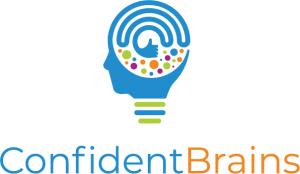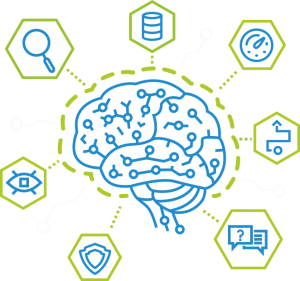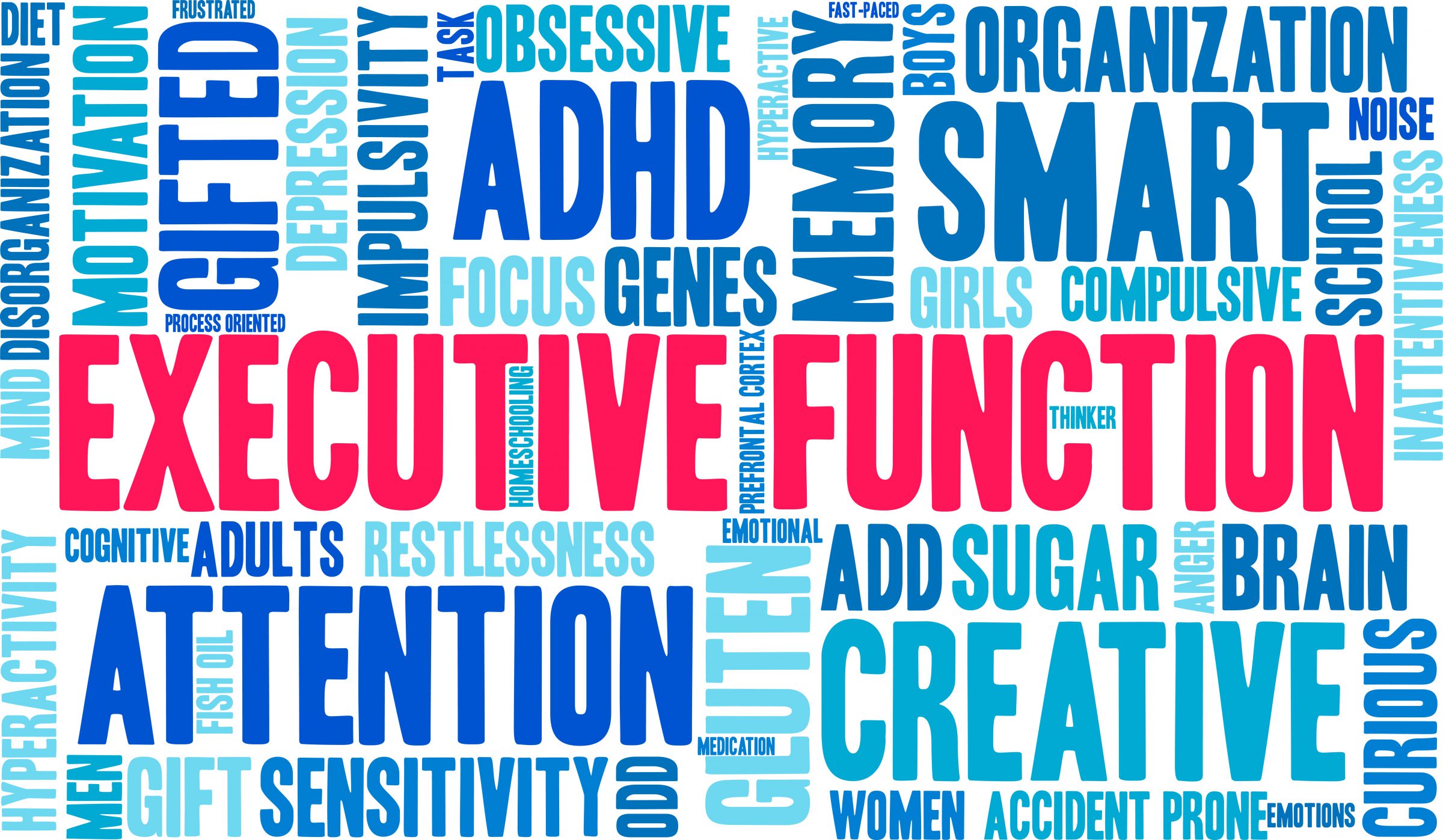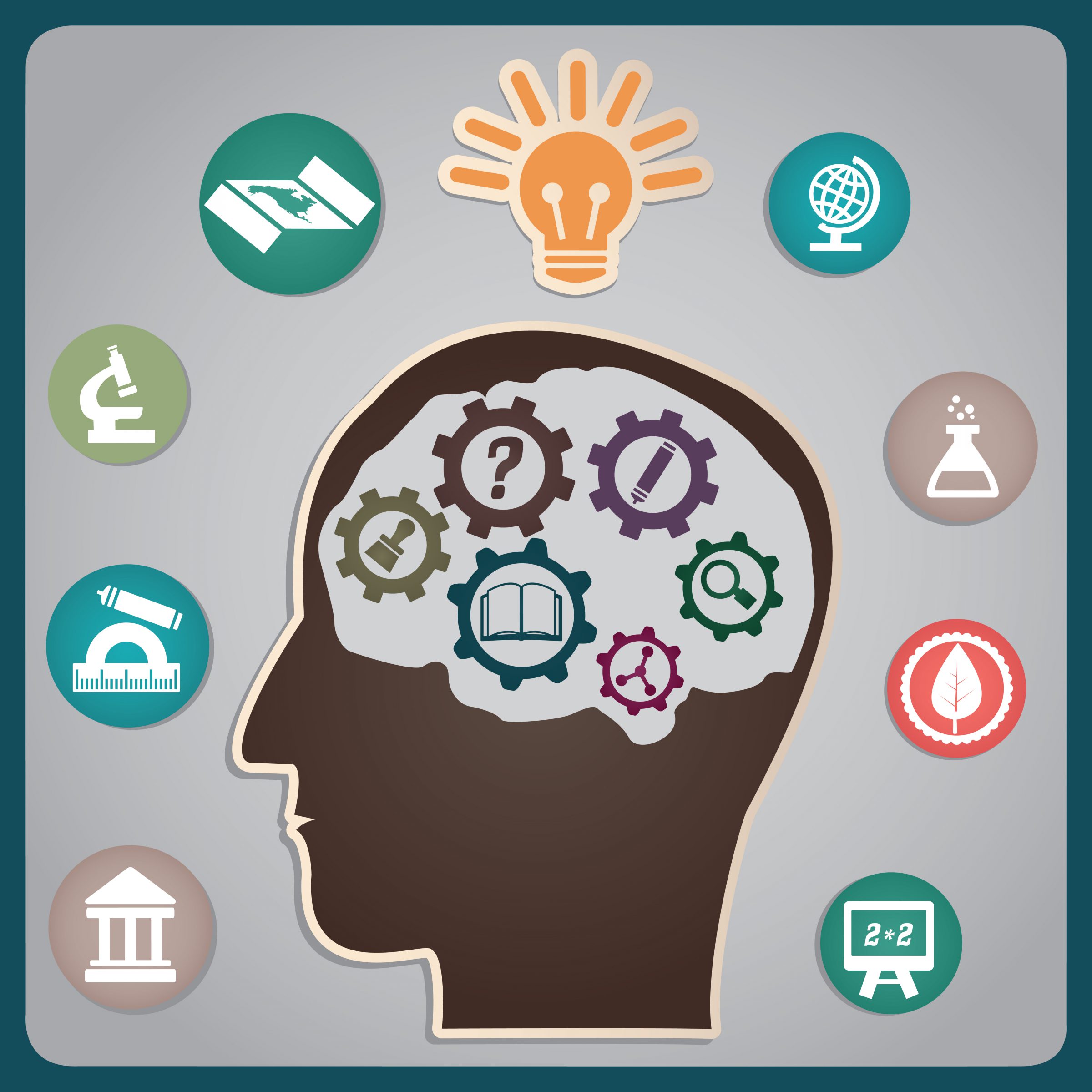For more than a decade, I have had the pleasure of working with some of the best brain training coaches and instructors from around the world. Talented people who have devoted their lives to helping others grow and strengthen their cognitive abilities. These people have shared their technical expertise and given unwavering individual support to those who are committed to unlocking their full cognitive potential.
After working with the best in the world I have been able to collect the best brain training tips that can help support the improved ability to think, learn, and understand. The top 10 tips for getting the most out of brain training:
1. Just start
Brain building takes time. The sooner you begin your brain training journey; the sooner you will reap the benefits of a stronger brain. There is a common misconception that the brain only grows and changes when it is young. Neuroscience has allowed us to understand that our brain is capable of change and growth from the time we are born, into old age. However, rewiring the brain to be stronger and more effective is not a quick fix. True brain training often takes 1 – 4 years depending on the individual. Strengthening your brain is a challenge that is better done sooner than later. Whether it is a few minutes a day on a brain training game, or a complete classroom-based program to overcome Specific Learning Difficulties, now is the best time. Start now and enjoy the benefits of a stronger healthier brain for the rest of your life.
2. Keep going
Brain training is not a magic pill. Meaningful gains are a result of continuous hard work. Consistent, quality brain training will provide infinitely more benefit than occasional bursts of effort. True cognitive change is a result of hard work, determination and perseverance—what Dr. Angela Lee Duckworth calls GRIT.
3. Don’t stop
Making real cognitive change can be an exhilarating process that can change your life. Brain training can also be frustrating at times. It requires commitment. If you are tempted to quit, think back to the reasons why you started in the first place. Do those reasons still exist? If the answer is “yes” refer to the previous tip and…keep going.
4. Develop a growth mindset
Dr. Carol Dwek of Stanford University makes is clear that your approach to life is what can determine your success. This may sound like a wishful fairy-tale to those who struggle with Specific Learning Difficulties. However, when people believe they can get smarter, which they can, they understand that effort makes them stronger. Therefore, when extra time and the right kind of effort is applied it will lead to higher achievement. A growth mindset, combined with the right intervention, creates the ideal conditions to reduce or eliminate the suffering and hardship caused by learning challenges.
5. Get enough sleep
Getting enough sleep is critical to cognitive growth. Sleep helps the brain to recover from daily use and it is also critical in reducing stress. Reducing stress is a key factor maximizing your brains capacity for neuroplasticity, the brains ability to grow and change.
6. Eat well
The brain requires a lot of energy. It uses approximately 20 percent of the energy we burn each day. This means that optimal brain growth will require a significant amount of good quality fuel. In the media there are scores of complicated articles about antioxidants, anti-inflammatories, and omega-3 fatty acids being good for the brain. This may be true, but fueling brain growth can be relatively simple. A general rule for optimizing brain grow is to eat colorful whole foods. Start with a base of colorful vegetables, and add in some protein like fish, nuts, and seeds. Drink plenty of water and avoid processed sugar. That’s it. Bon Appetite.
7. Exercise
If there one thing you can do to improve brain health and brain function, exercise is it! In the book Spark, Doctor and author John Ratey describes exercise as “Miracle-Grow” for the brain. It creates chemical conditions that improve memory, enhance flexible thinking, and prime the brain for growth. To get the most out of a cognitive training program, exercise is an essential ingredient.
8. Be social
Every social interaction is different. Variety is good for the brain. As cognitive abilities are strengthened in a brain training program those abilities need to be put to the test. In the world of brain development, there is the idea of use-it-or-lose-it. Meaning when cognitive gains are made, the brain needs to learn how to use these new abilities. Social interactions provide an opportunity to call on your brain’s new abilities and develop new skills.
9. Read
Like being social, reading provides a chance to put newly developed cognitive abilities to the test. It allows the brain to process new information, understand new thoughts, and gain new perspectives. Read what you like, read what interests you, but make reading a part of your daily life.
10. Take positive risks
Summon your courage, channel your bravery, and let your new abilities shine. To begin a brain training program often takes both courage and commitment. Continuing to use that courage after your abilities begin to develop is an important part of tapping into your new abilities. Talk to a new friend, take dance lessons, try something that you have never been able to accomplish before. Life is short. If you have committed to a cognitive training program, taking positive risks is the best way to continue that commitment. Most people are more capable than they realize![vc_column][mk_button_gradient dimension=”flat” size=”large” corner_style=”full_rounded” grandient_color_from=”#ee7401″ grandient_color_to=”#edae74″ grandient_color_angle=”horizontal” grandient_color_fallback=”#9476c9″ url=”/individuals/” align=”center” fullwidth=”true” margin_top=”20″ margin_bottom=”0″ margin_right=”0″ visibility=”visible-sm”]Start Today! [/mk_button_gradient][/vc_column][/vc_row]][vc_column][mk_button_gradient dimension=”flat” size=”large” corner_style=”full_rounded” grandient_color_from=”#ee7401″ grandient_color_to=”#edae74″ grandient_color_angle=”horizontal” grandient_color_fallback=”#9476c9″ url=”/individuals/” align=”center” fullwidth=”true” margin_top=”20″ margin_bottom=”0″ margin_right=”0″ visibility=”hidden-sm”]Get started today on your own customized brain training program! [/mk_button_gradient][/vc_column][/vc_row]










